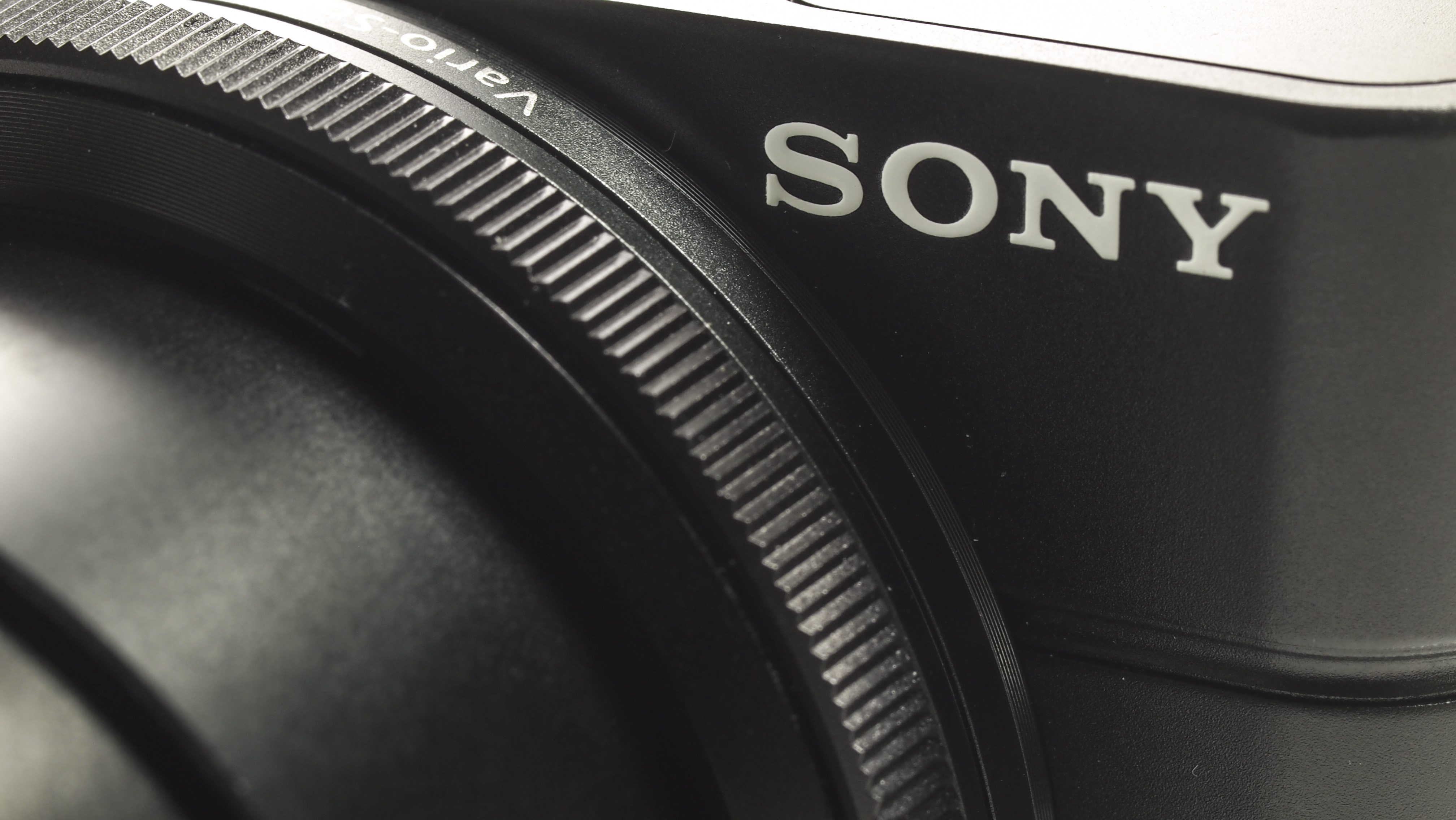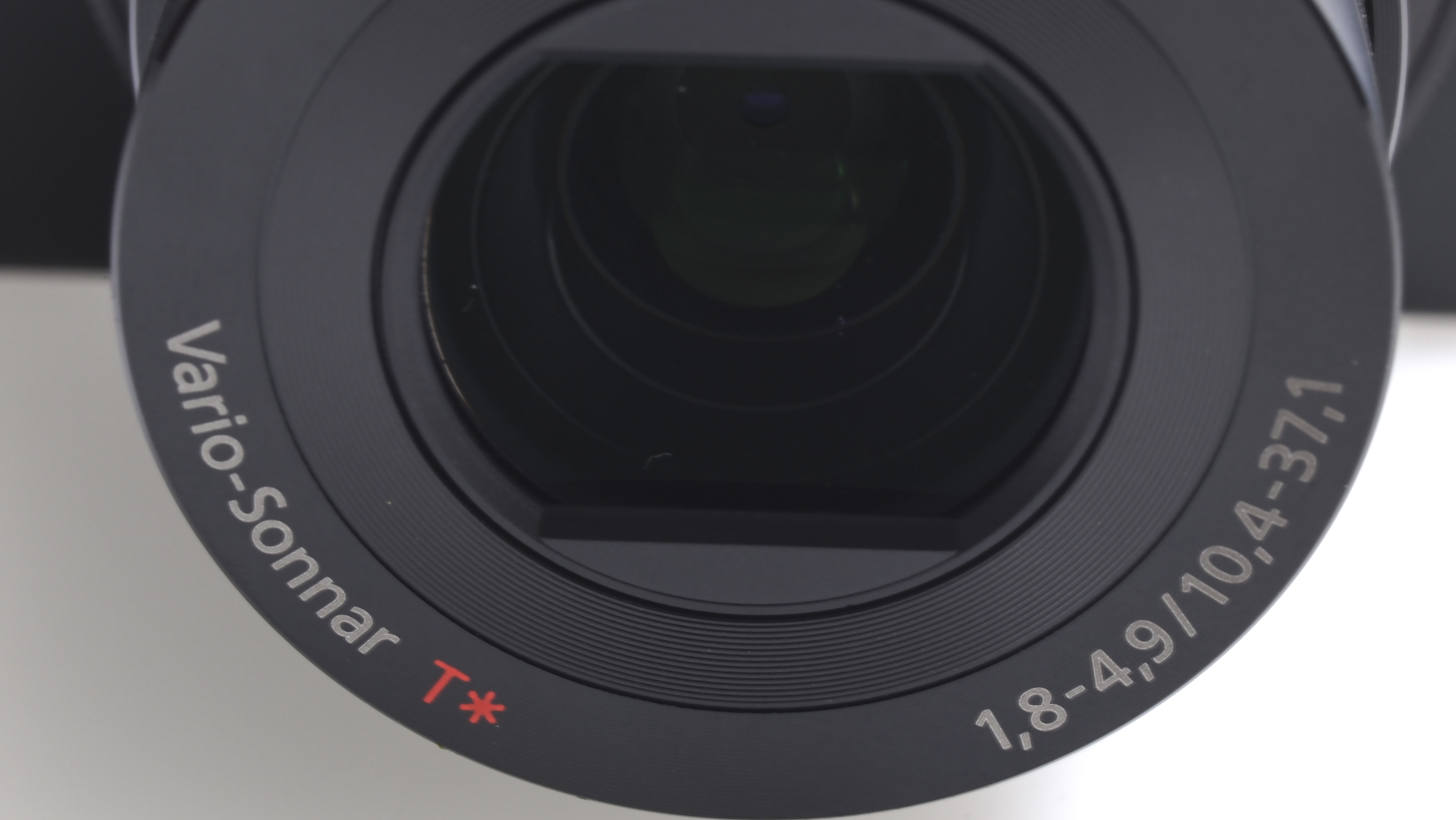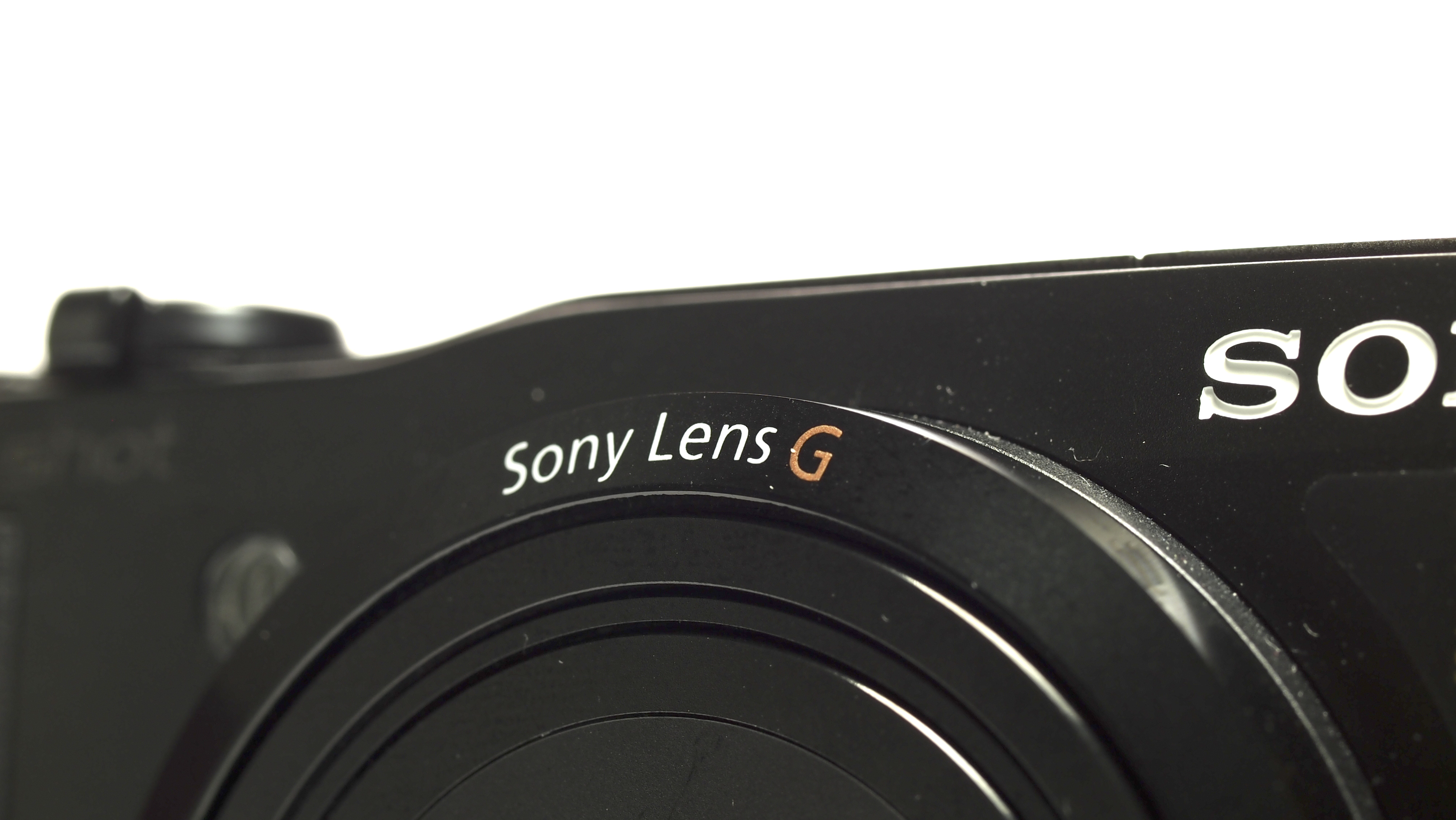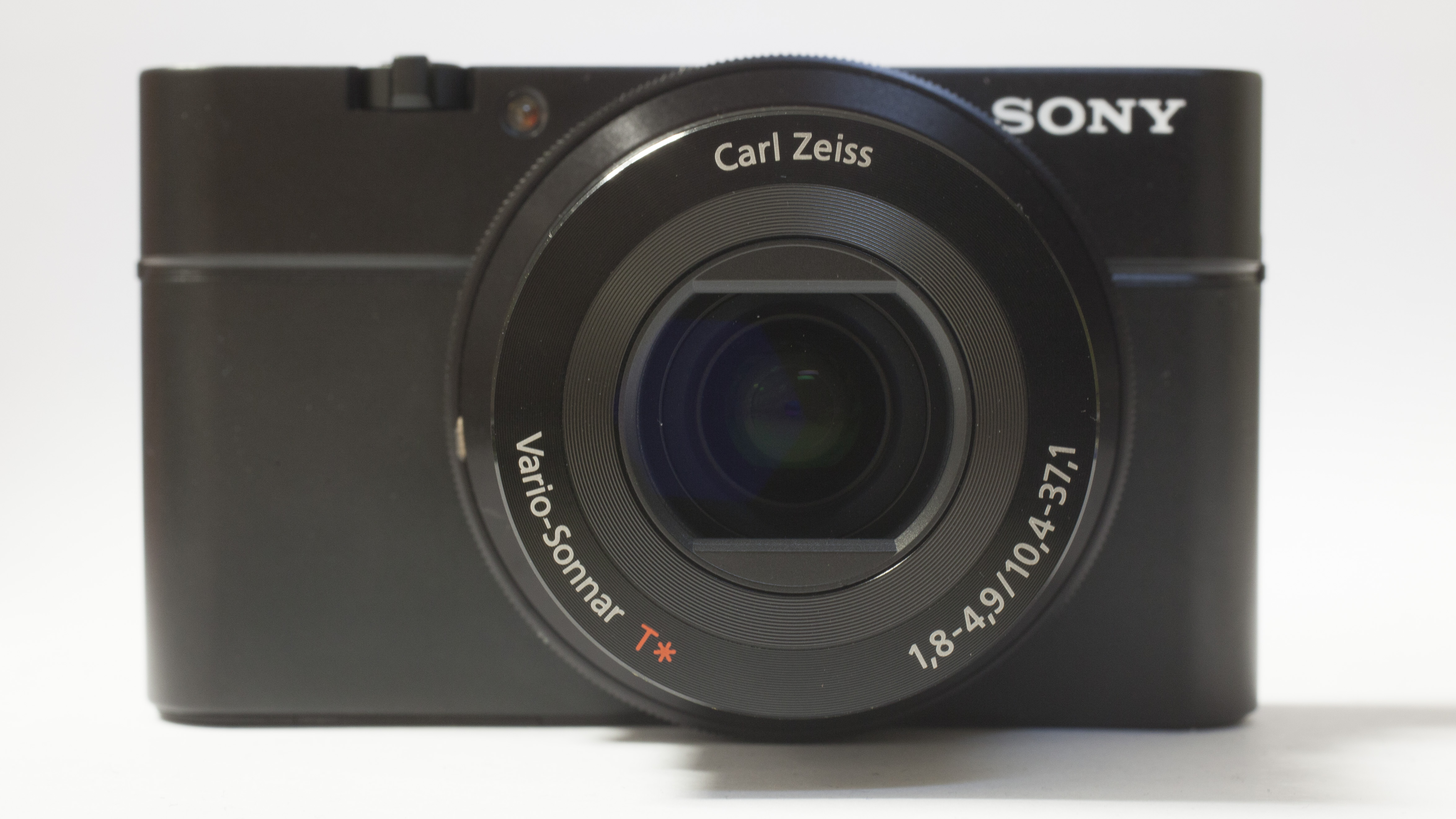Sony RX100 vs Sony HX20V
Which premium compact camera is right for you?

Topping the best-seller charts, the RX100 is being heralded as one of the best compact cameras ever made. One of its major selling points is that it has a one-inch CMOS sensor, which is larger than the sensors found in the majority of cameras of its type.
This sensor size enables it to deliver fantastic image quality, while having the double benefit of being able to sit snugly in a jeans pocket. But, as you might imagine, quality comes at a price – the Sony RX100 is currently retailing for over £500/$650.
Considering you can get a DSLR and kit lens for that kind of cash, it won't find favour with everybody. However, Sony also manufactures other compact cameras which offer a lot of advanced features. One such offering is the Sony HX20V. Here we take a look at how the RX100 stacks up against its much cheaper sibling.
Sony RX100 vs Sony HX20V: sensor size
The big draw of the Sony RX100 is its large sensor size. At one inch, it dwarves many of its rivals, and is exactly the same size as the device found on the Nikon 1 series of compact system cameras.
This should mean that the camera is capable of delivering better low light results, and also enables you to be more creative when shooting at the widest apertures.

By contrast, the Sony HX20V has a standard 1/2.3-inch type sensor. While they're both Exmor R devices, the Sony RX100 has a greater number of pixels, with 20.2 million, compared with the Sony HX20V's 18.2 million.
Sony RX100 vs Sony HX20V: lens
The lens on board the Sony RX100 is also pretty special. At its widest point it boasts an f/1.8 maximum aperture, making it the second largest available on the market (behind the Panasonic LX7 and the Samsung EX2, both of which feature an f/1.4 maximum aperture).
Get daily insight, inspiration and deals in your inbox
Sign up for breaking news, reviews, opinion, top tech deals, and more.
It's worth noting, however, that this maximum aperture shrinks to f/4.9 when shooting at the telephoto end of the Sony RX100's modest 3.6x optical zoom ratio.

If you're frequently shooting from a distance, the Sony HX20V offers much more flexibility, with a 20x optical zoom lens. Its aperture offering isn't so good though, starting at f/3.2 at its widest point.
The equivalent focal length of the RX100 is 28-100mm, while the HX20V starts from a wider angle, at 25mm, and reaches up to an impressive 500mm at the telephoto end.
Both cameras make use of Sony's own Clear Zoom technology, which effectively doubles the zoom reach of the lens. It works in the same manner as digital zooms, but Sony claims that its By Pixel Resolution technology is able to produce images of a much higher standard. By using this, the Sony RX100's reach is extended to 7.2x, while the Sony HX20V can reach a whopping 40x.
Sony RX100 vs Sony HX20V: processor
Both the Sony RX100 and the Sony HX20V use the latest generation of Bionz processor, which enables Full HD video recording at 50p and 50i, and produces low image-noise pictures. In this respect, the cameras are pretty much tied.

Sony RX100 vs Sony HX20V: raw format
One area the Sony RX100 has the Sony HX20V most definitely pipped is its ability to shoot in raw format. This gives enthusiast photographers greater flexibility when working with images post-capture. It seems a shame that the Sony HX20V can't also offer this function, given that it has the same processor as the Sony RX100.
It's worth bearing in mind, however, that many of the functions of the Sony RX100, such as its digital art filters and Clear Zoom technology, are not available when shooting in raw format.
Sony RX100 vs Sony HX20V: sensitivity
Housing a larger sensor than the Sony HX20V, along with a wider aperture lens, should mean that sensitivity doesn't necessarily need to be pushed too high. However, the Sony RX100 is capable of ISO 100-6400 in Auto mode, expandable all the way up to ISO 25,600.
Amy has been writing about cameras, photography and associated tech since 2009. Amy was once part of the photography testing team for Future Publishing working across TechRadar, Digital Camera, PhotoPlus, N Photo and Photography Week. For her photography, she has won awards and has been exhibited. She often partakes in unusual projects - including one intense year where she used a different camera every single day. Amy is currently the Features Editor at Amateur Photographer magazine, and in her increasingly little spare time works across a number of high-profile publications including Wired, Stuff, Digital Camera World, Expert Reviews, and just a little off-tangent, PetsRadar.
